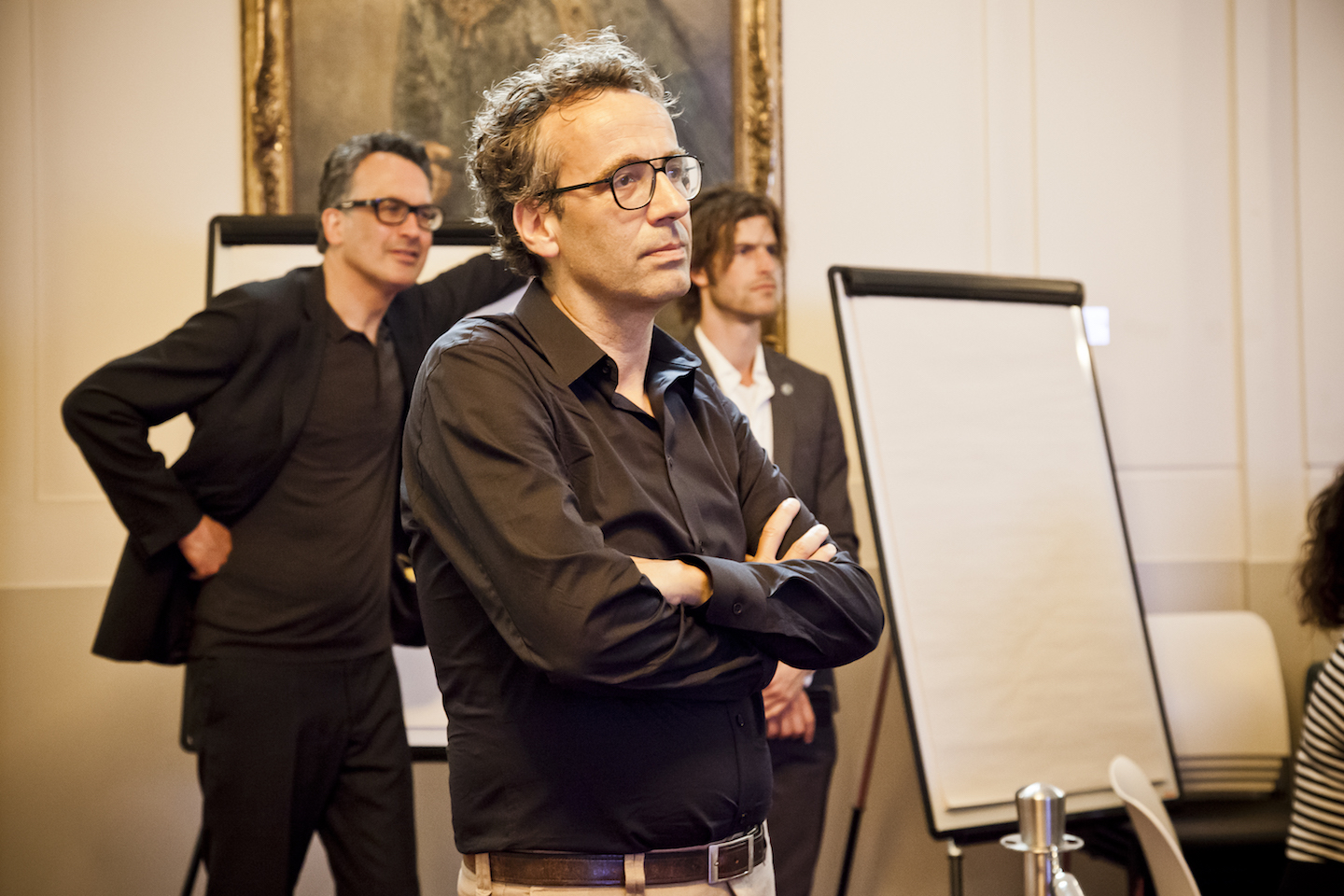Climate change is the result of human behaviour. Reducing our carbon footprint and those of consumers requires new solutions for the way we live and work. This workshop intended to feed the National Energy Committee with disruptive design ideas that can help change people’s behaviour.
By René Dijk
With CO2 levels in the atmosphere at the highest ever and climate change well underway, the Dutch government is opting for a new national climate deal, which is to be set by the National Energy Committee (NEC). In this workshop the NEC teamed up with design agency Fabrique to see what the design sector could have to offer in this context.

Ruud Koornstra, chairman of the National Energy Committee
Six challenges
Early in the introduction we got to see why it’s so hard to innovate within the engineering sector: Sven Jense, member of the NEC and the Climate Cleanup Foundation and Tijs Wilbrink, who advocates using artificial intelligence to help reach the climate goals, explained that the energy industry is rather a conservative world. So the hope was that the outcome of this workshop could spark the discussions within the NEC.
NEC and Fabrique set off by posing the participants six challenges on different levels of abstraction:
- Alternatives to air travel
- Stuff, things, and products
- ‘But I already have green energy, right?’
- How do we gain the system overview?
- How to support the 1% front runners?
- Interests of industry versus the general interest
By use of the Design Thinking method introduced by Fabrique the participants were given the task to think of new ideas that could help address these challenges.

From left to right: WDCD’s Peter Rijntjes, prof. Hekkert (TU Delft) and Sven Jense
Takeaway
This workshop let us experience one possible way of formulating questions to make working on complex climate problems more tangible. It also showed us that a lot of inspiration can come from working in interdisciplinary teams. More organizations who are willing to make steps to innovate should take some time to bring together actors and professionals from a wide array of disciplines, in order to bring about change.

